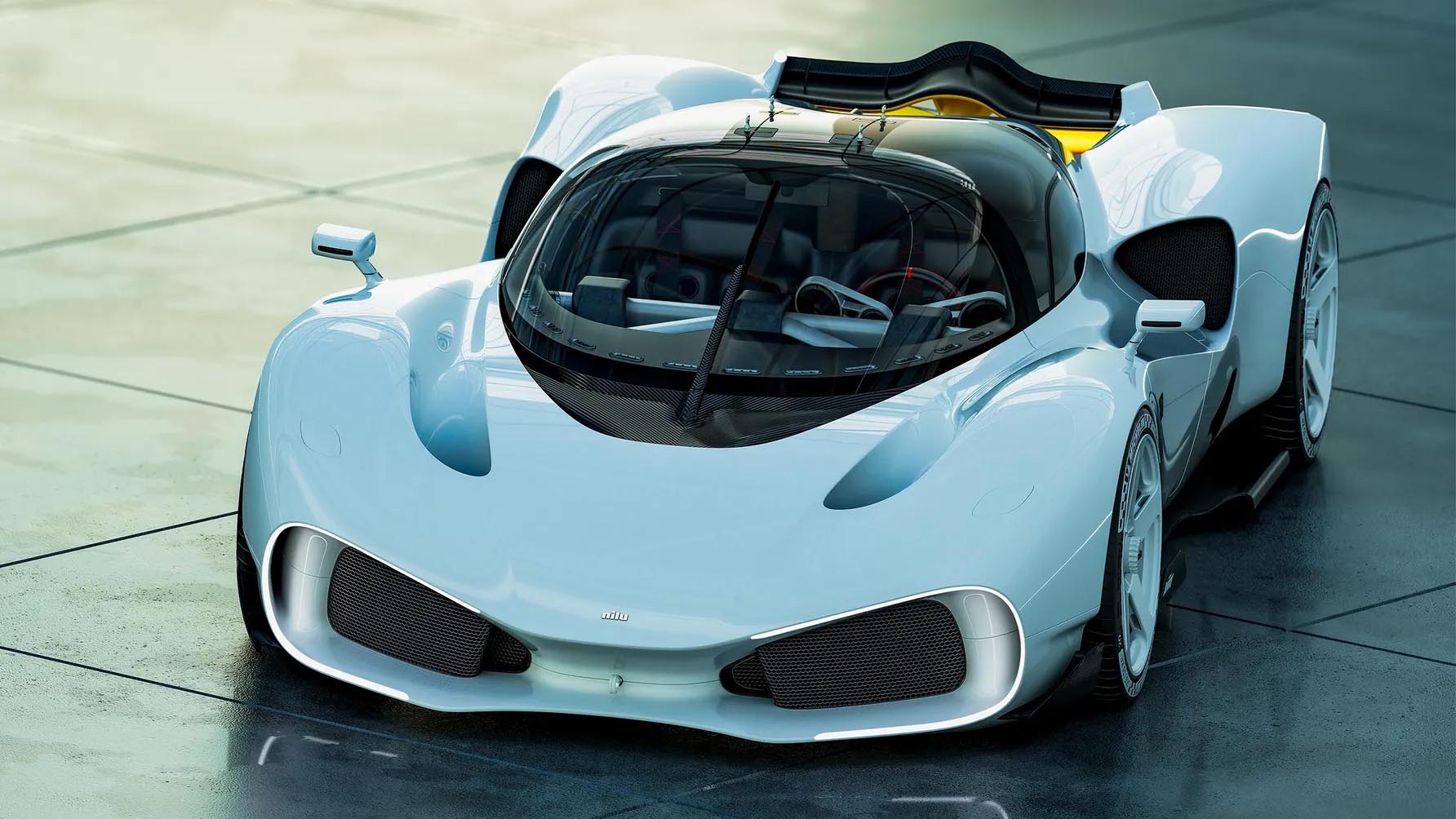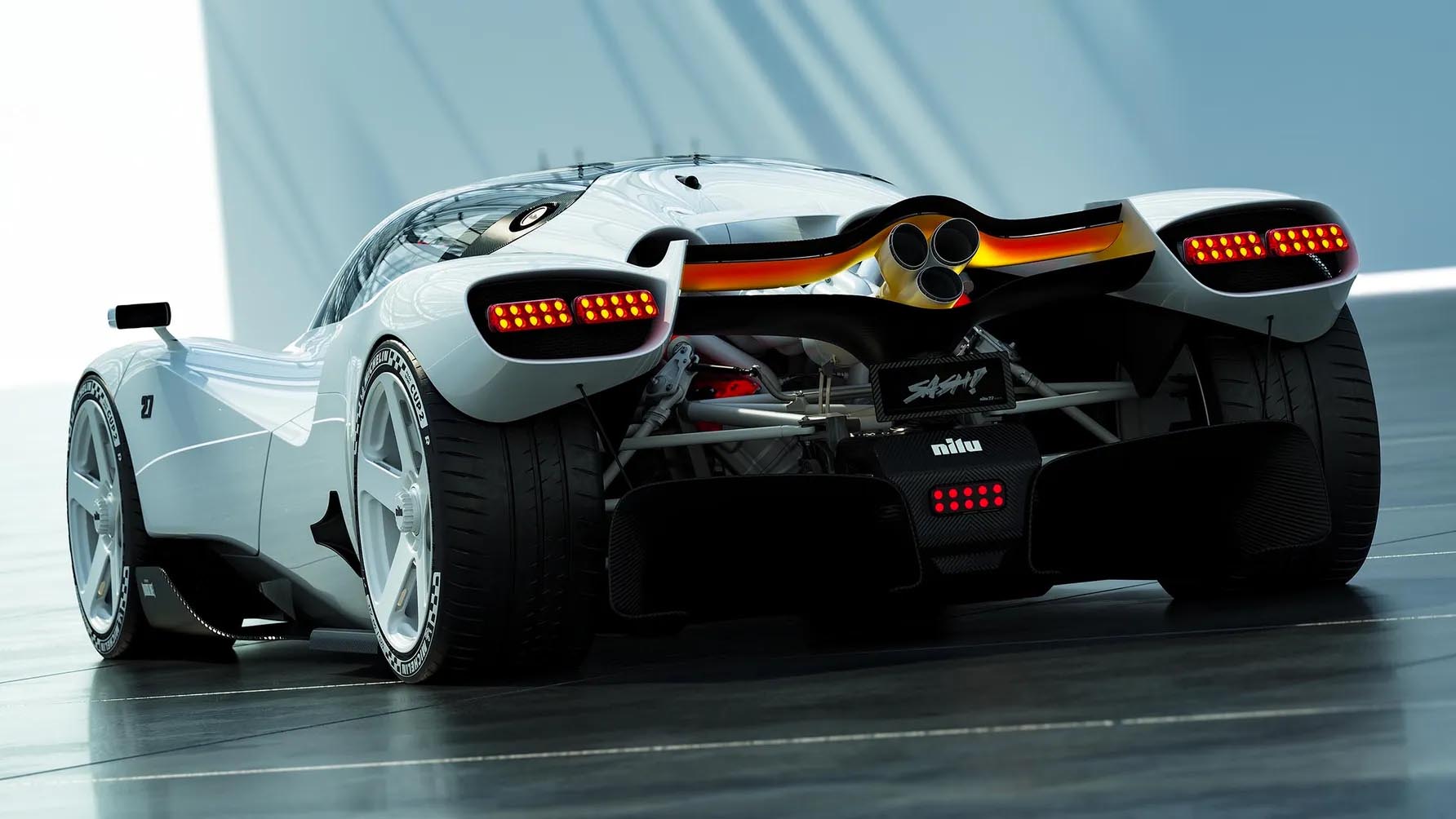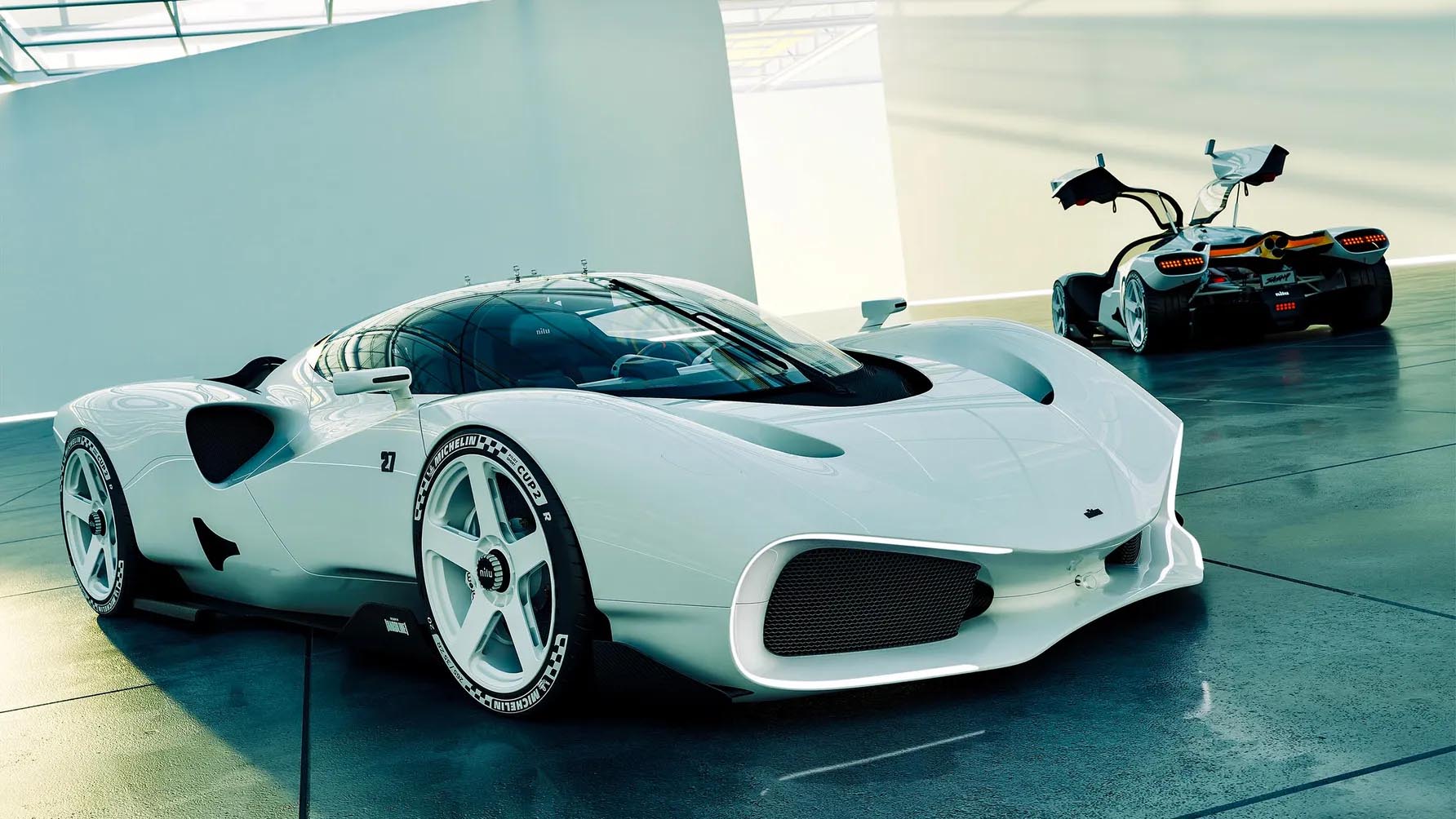Nilu27 Boss Sasha Selipanov: ‘Technology Has Not Improved the Automotive Experience’
Sasha Selipanov, the design visionary behind projects like the Bugatti Vision GT and the Koenigsegg CC850, is striking out on his own. His goal? To build a hypercar, the ‘Nilu,’ that prioritizes the raw, unfiltered connection between driver and machine.

TopGear.com sat down with Selipanov to discuss his new venture.
TG: Why did you decide to go your own way?
SS: There’s a vision that drives us. Technological advancements haven’t done much to improve our automotive experience, at least in my opinion. I don’t believe that more technology linearly contributes to a better experience. Right now, there’s so much fascination with technology that it feels like a tipping point, where it starts to boil over, especially with car enthusiasts. I don’t necessarily want to be interacting with software or interface systems; I want to be interacting with the car. We’re not making daily-driven cars. We’re talking about cars that bring out the best in the automotive experience. I don’t understand why it needs to be desensitized by an impenetrable layer of technology, particularly with how a vehicle operates in its deployment of power or how it adapts to your wants. It should be an unfiltered experience between you, the car, and the road. That’s what I want to achieve.
TG: What core principles will define your new car?
SS: We’re adopting more of a Gordon Murray-type approach because he articulates and vocalizes the same ideas. But there’s one more point we’re trying to do that’s very important to us, and it’s the ‘holy s factor.’ When you see a Countach for the first time, for instance, you think, ‘holy s.’ That’s an important aspect for us. We want that awakening of the nine-year-old kid within everyone. The car needs to be striking and beautiful. It needs to have grand proportions and big volumes, and it needs to be imposing. I love Gordon’s cars, but they’re very much the opposite. They’re understated and follow a sort of ‘you won’t know until you know’ idea. They just don’t have the F40 or GT40 factor. They are Lotus Elans with V12s, and that’s great, but it’s not what we’re trying to do.

TG: How long has this project been in the making?
SS: The very first sketch was during my student years, and it was always a side project away from my full-time commitments thereafter. I slowly improved it year after year, and after I’d left Koenigsegg, I just didn’t want to work for another car company and felt the time was right. I felt this project was the one thing I hadn’t yet experienced on my terms and believe the time now is right to apply all my experience and knowledge to a project I’ve been thinking about for many years.
TG: How much outside help has Nilu received?
SS: Another important part for me was collecting a vast network of friends and suppliers over the years; they’ve all been made available for me to tap into their talents. Hartley Engines would be a good example because they needed a project for their engine and we discussed the idea of this car, and it just fit. Another example would be the chassis, which is coming from the UK. We’ve also got several part-time contributors from Germany working on bits and pieces. So, yeah, it feels like the project is becoming real now because everything and everyone is coming together. So even though we are based in LA, it’s difficult to pinpoint just where Nilu is based because the network of contributors is so spread out.
TG: Do you have a working version of the car yet?
SS: No, it’s a static prototype. It has real working components inside it, a billet-machined engine block, carbon fiber panelling on the exterior, and an upholstered interior, so we’ve got quite far already, but it’s still not a runner… yet.
TG: Mind if we touch on that engine a bit more?
SS: When we spoke to Hartley, and we got our ideas across, at first I told him I wanted a hot-V configuration, and he took some convincing, but he did eventually come around and said that it made sense for what we had in mind. Particularly from the cooling perspective to make sure we don’t contaminate intakes and let the engine breathe more freely. Another thing is, on a mid-engined hypercar, there’s a particular way you work with the headers. In a cold-V configuration, it means you have to wrap them around the engine block, but that means other complications with the suspension, sub-frame, and so on. The cold-V layout also means the geometry for the exhaust layout is not optimal because it means you’re snaking your way around all these different components and you’re baking them at the same time. It’s why the hot-V layout just worked for us because it means we have the exposed engine bay and have the most direct route out for heat. The intake side is also helped here since it’s positioned down low where it’s colder, which means those two ducts you see on the side help it stay cool for longer periods. The engine itself is a completely bespoke idea that’s been in Nelson’s (the founder of Hartley Engines) head for a long time. At the moment we’re saying it’s high-revving because we know we can rev to whatever number we like, but the only question is the amount of riddles the engine would have to go through. We could easily hit 15,000rpm, but it means we’d need a team of people to rebuild the engine after every two track days. So we’re going to find a nice compromise, somewhere in the 11,000-12,000 range, which will still give us the power and the sound we’re looking for, but also a respectable amount of reliability. We’re aiming for 1,000bhp; I’d be happy with the high 900s, too. We also want to keep weight within the 1,200s (kg). But one important point to remember here is that we’re not a numbers brand. We don’t care too much for numbers and don’t want to headline with them at all. We want to headline with experience, with emotion, and character. All-things non-denumerable.
TG: Any driver aids that’ll be incorporated?
SS: You need ABS and some sort of traction control, but we’ll make the latter easy to disengage. These two are essential out of consideration for the fact that a lot of the customers are not Max Verstappen. What is the point of the RB17 unless customers are planning on training their neck muscles every day of the week? The average customer is nowhere near the realm of physical performance to be able to operate that sort of vehicle. We want to make a car that can thrill and use your senses but is ultimately accessible and enjoyable by the above-average level of talent we see among hypercar drivers.
TG: What can you tell us about the approach to the cabin?
SS: We are not planning on reinventing the wheel here with this car. We’re not going to headline with a unique tub or anything; we want to have good ergonomics and the tightest possible cabin without sacrificing headroom. We don’t want to go through to the extremes of an Adrian Newey-designed cabin, so people can still get in and out easily, but we do want it to be tight like a mid-Sixties prototype a la Ferrari 330 P4. Something exotic and compact without staggering people.

TG: Finally, what do you hope the driving experience will be like?
SS: I’ve driven a lot of Koenigseggs and I love the way they drive, so perhaps the Jesko would be a good point of comparison. Though I’ve been in a several-million-pound Le Mans Hypercar before, being driven by a professional driver. But that same afternoon, I got into a stripped-down Lotus Exige with plexiglass, slick tires, and straight-cut gears, and even without the idea of finance involved, it impressed me so much – from being strapped in with a five-point harness to the fire extinguisher and lack of interior. That’s what I’d like.


